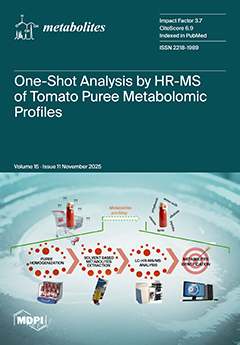Background/Objectives: Gaucher disease (GD) is a lysosomal disorder caused by a deficiency of β-glucosidase. Disease-modifying therapies (DMTs) include enzyme replacement therapy (ERT) and substrate reduction therapy (SRT). Glucosylsphingosine (lyso-Gb1) is a biomarker with high sensitivity and specificity in GD.
Methods: In GD patients attending a specialist centre, we evaluated dried blood spot lyso-Gb1 levels (normal values ≤ 6.8 ng/mL) by treatment status, sex, GD type and genotype, ERT dose, DMT type and duration, spleen status, and association with other GD biomarkers.
Results: A total of 111 patients were screened; 100 (54M:46F; 93 GD1 and 7 GD3; median age 45.2 years, IQR 34.2–57.2; 7 naive and 93 patients on DMTs for a median of 10.4 years, IQR 5.7–21.2) had at least one lyso-Gb1 measurement. Median lyso-Gb1 values were higher in naïve (195, IQR 48.6–388) patients than treated patients (47.1, IQR 23.1–89.7),
p = 0.015; higher in those treated ≥ 15 years (62.9, IQR 36.6–103) than in those treated < 15 years (35.1, IQR 20.3–73.9),
p = 0.006; and higher in splenectomised (83.4, IQR 34.7–224.5) patients than non-splenectomised patients (40.7, IQR 21.4–77.1),
p = 0.044. ERT dose > 60 U/kg had high median lyso-Gb1 values (87.3, IQR 19.7–126), reflecting greater disease burden, and this high dose was only used in patients with GD3. Lyso-Gb1 correlated with chitotriosidase (r = 0.495;
p < 0.001) and haemoglobin (r = −0.231;
p = 0.022). In a subset of 50 patients with paired values, lyso-Gb1 decreased from baseline (median −1.7 ng/mL, IQR −24.5–14.8).
Conclusions: Whilst there was a modest decrease in lyso-Gb1 over time on DMTs, the values remained significantly above the normal range, which may be driven by underlying mechanisms such as inflammation.
Full article






